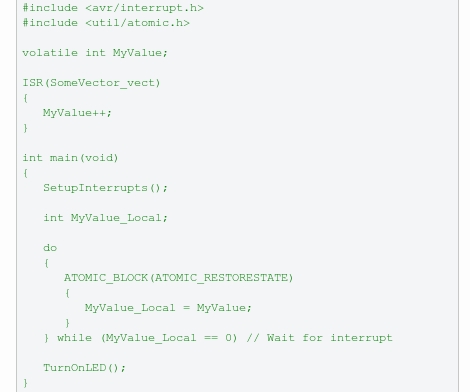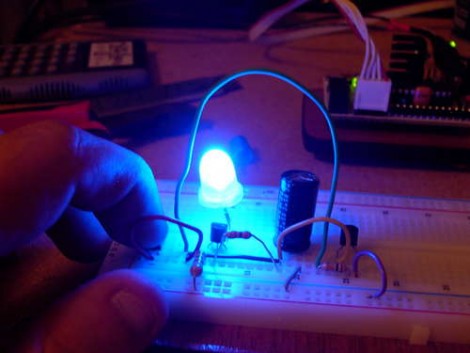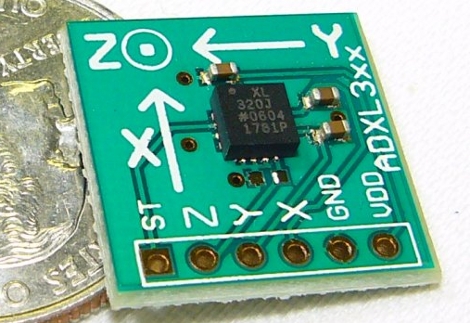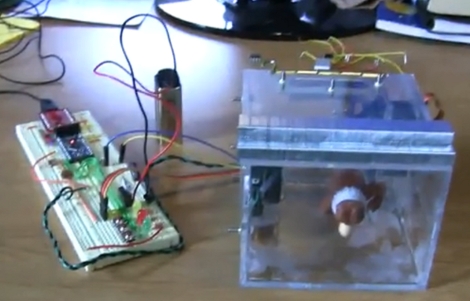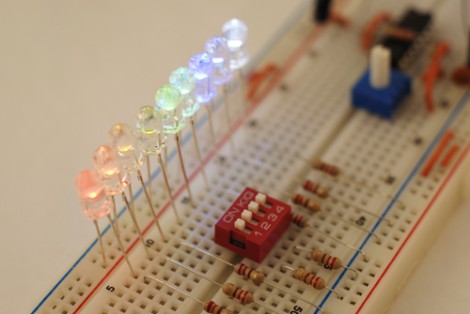
Gizmodo University is open for business. This free educational series aims to educate about the basics of electronic theory. No prerequisite knowledge needed and they’re starting from the ground level. First lesson? Resistors! From there they’ve posted about voltage dividers, series/parallel circuits, Ohm’s law, and how to calculate a resistor value for an LED.
This is a great way to get the base knowledge that you need to start hacking like an EE. These are concepts that we assume you have already mastered if you’re following along with our AVR Programming series. We’re hard at work on part three but that’s still a little ways off. You’ve got time to do a review a GizU and reread our favorite book on electronic theory.

